Tissue Recontouring for Implant Restoration
1 MIN READ
Tissue Recontouring for Implant Restoration
By Joshua Weintraub, DDS on May 12, 2022
Case Summary:
A 48-year-old male patient presented to the practice with an implant on tooth #3 that was placed by a periodontist. The implant had osseointegrated and was ready to be restored. The oral evaluation revealed that the tissue was growing over the healing cap on the distal and lingual surfaces. The tissue coronal to the implant was thick and would inhibit proper contours of a crown. To achieve proper emergence profile, the dentist had to sculpt the soft tissue precisely. Otherwise, the resulting restoration would have a “mushroom cap” appearance and be a potential debris trap.
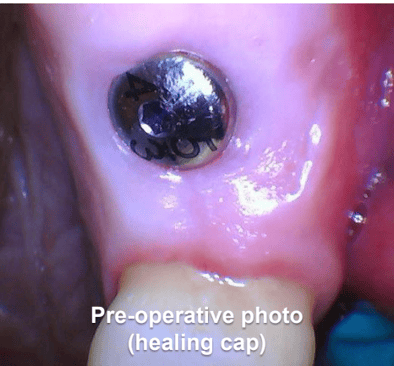
Technique Used:
The entire procedure was performed using Solea and only topical anesthetic (TAC) was applied. To start, the 1mm spot size with cutting speed between 30%-60% and 10% mist was used to ablate the overgrown tissue and sculpt it to produce optimal emergence from the head of the implant and gingiva for the restoration. This step of the treatment only took about 3 minutes and was bloodless. The digital impression was captured. Then, the healing cap was modified with bonded composite to custom fit the newly shaped tissue. At crown insert three weeks later, the composite on the healing cap was removed easily with Solea. The screw retained implant crown was placed.
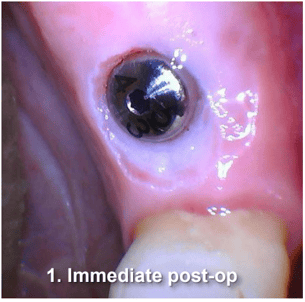
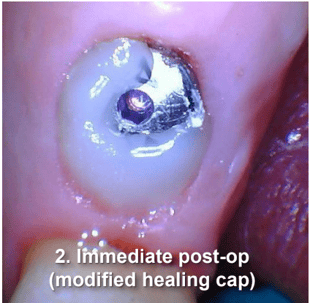
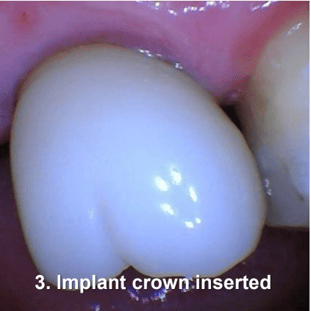
Results:
By using Solea, not only was the dentist able to reach precision but also enabled fast tissue healing and no bleeding. These results would have been very difficult to achieve utilizing other devices and instruments. The inability to easily contour the tissue, would have resulted a “mushroom cap” appearance of the final restoration. The patient was happy to avoid the injection and post-operative pain.
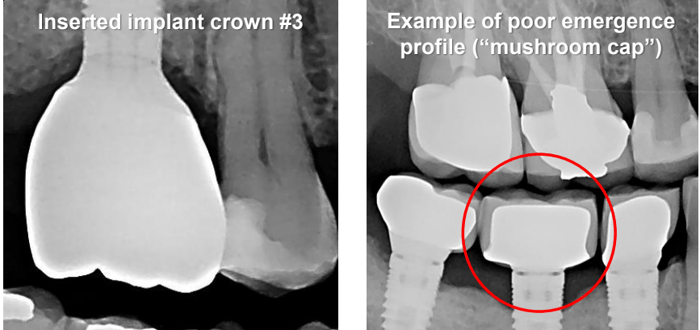
Solea Advantage:
- No anesthetic was injected.
- Unparalleled precision to sculpt the tissue for restorative excellence.
- Ability to safely work around the implant without any risk of damage.
- Clean and blood-free surgical site allowed for an immediate digital impression for the implant crown.
- Patient experience was enhanced because approach was minimally invasive resulting in no post-operative pain and rapid healing.
A Novel Approach to Treating Hairy Tongue
Case Summary: A 69-year-old woman presented to the clinic at Midwestern Universi...
1 min read
Infant Lingual and Maxillary Frenectomies
Case Summary: The patient, a 10-week-old male infant, presented with a Class III...
1 min read

